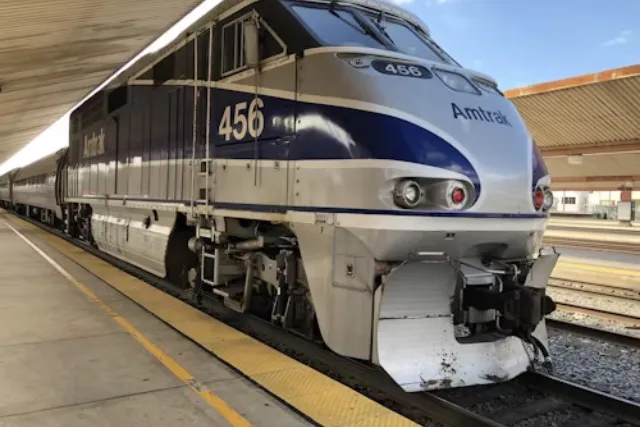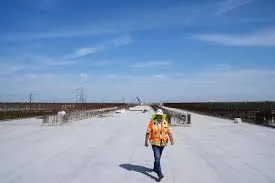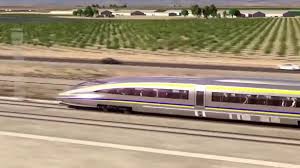
California’s high-speed rail — one of the state’s most ambitious and contentious public infrastructure projects — is pushing ahead with plans to break ground in Gilroy, hoping to finally bring the long-promised bullet train closer to the Bay Area.

The latest plan calls for building new track that would connect directly to the Gilroy Caltrain station. This would make Gilroy a key transit hub, linking the Central Valley’s under-construction high-speed segment to Silicon Valley’s busy commuter corridor.
Voters originally approved the rail line in 2008 with the promise of a fast, eco-friendly link between San Francisco and Los Angeles. But more than 15 years later, only a 171-mile stretch through the Central Valley is under construction — with costs now exceeding initial estimates by billions of dollars.
Governor Gavin Newsom’s office recently confirmed that the Central Valley segment is about to reach a milestone, stating the project is close to entering the “track laying phase,” which would mark visible progress for a project often criticized as slow-moving and over budget.
Local leaders in Gilroy have welcomed the push, arguing it could transform the city’s role in the state’s transportation network and economy. Connecting to the Caltrain station could bring more visitors, new businesses, and faster commutes for thousands of residents who work in the Bay Area tech sector.

However, major challenges loom. The expansion into Gilroy — and any future construction toward San Francisco — hinges on state lawmakers approving billions in additional funding. Without that money, construction plans could stall yet again, leaving only partially built sections in the Central Valley.
Adding to the uncertainty, the project was dealt a blow earlier this month when former President Trump announced he would withdraw $4 billion in federal support that California had been counting on to advance the project. This move has sparked fresh debate over whether the state should scale back its vision or double down and finish what it started.
Proponents argue the train is essential to meet California’s climate goals by providing an alternative to car and air travel, both major sources of carbon emissions. They also point to the economic boost for Central Valley communities and the potential for thousands of construction jobs and future transit-oriented development around new stations like Gilroy’s.
Critics, however, say the project’s history of delays and ballooning budgets shows it’s time to rethink the plan entirely — or at least downsize it to a more feasible scale. Some suggest focusing on improving existing rail lines or investing in more flexible, less costly transportation options.
As state lawmakers return from recess, all eyes will be on budget negotiations in Sacramento. The next few months could determine whether Gilroy becomes a gateway for California’s long-awaited bullet train — or another reminder of how big ideas sometimes get derailed.
Originally reported by NBC Bay Area.